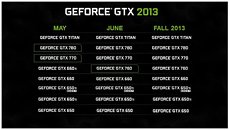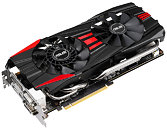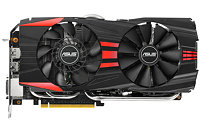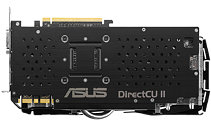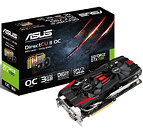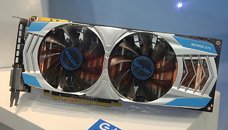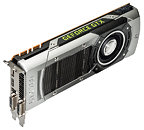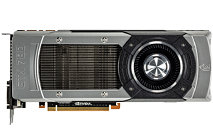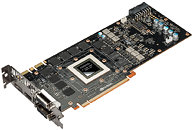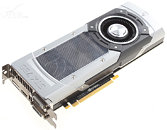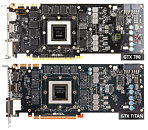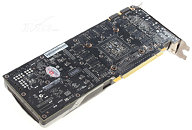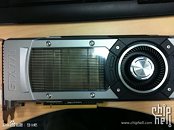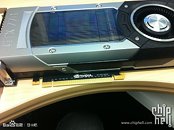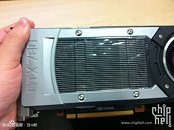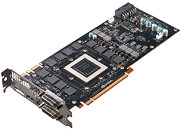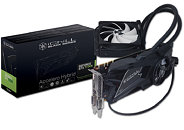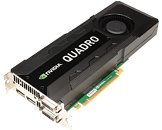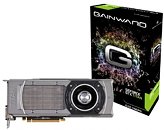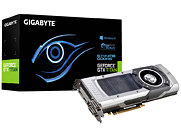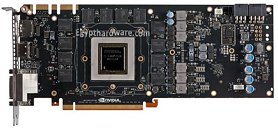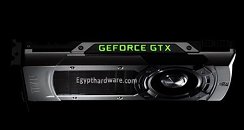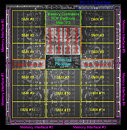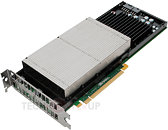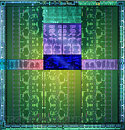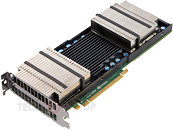
GeForce GTX 760 Last 700 Series SKU for 2013?
NVIDIA's upcoming GeForce GTX 760 could be the company's last GTX 700 series retail desktop SKU, at least for this year. A leaked slide by the company lays out how this year's three new GTX 700 series SKUs pretty much seal the product stack. It reveals that GeForce GTX TITAN will remain NVIDIA's flagship graphics card throughout the year. The thousand-dollar single-GPU card is based on the GK110 silicon, with 2,688 CUDA cores, and 6 GB of memory. The GeForce GTX 780, introduced this March, replaces the GeForce GTX 680 on the product-stack, even at its much higher launch price of $650, compared to its predecessor's $500. The GTX 780 has no competition from AMD at its price-point.
The slide also reveals that the GeForce GTX 770, which was launched late last month, will replace the GeForce GTX 670 from the stack. Based on the GK104 silicon, it features 1,536 CUDA cores, and 2 to 4 GB of memory. Given that it has a lot in common with the GeForce GTX 680, albeit with higher clock speeds, GPU Boost 2.0, its $400 pricing surprised us. The GeForce GTX 770 outperforms AMD's HD 7970 GHz Edition, and is generally priced on-par. The only definitively faster AMD card is the $1100 HD 7990 "Malta," which makes the GTX 770 the king of its segment.
The slide also reveals that the GeForce GTX 770, which was launched late last month, will replace the GeForce GTX 670 from the stack. Based on the GK104 silicon, it features 1,536 CUDA cores, and 2 to 4 GB of memory. Given that it has a lot in common with the GeForce GTX 680, albeit with higher clock speeds, GPU Boost 2.0, its $400 pricing surprised us. The GeForce GTX 770 outperforms AMD's HD 7970 GHz Edition, and is generally priced on-par. The only definitively faster AMD card is the $1100 HD 7990 "Malta," which makes the GTX 770 the king of its segment.
